BRICS CONFERENCE IN MOSCOW
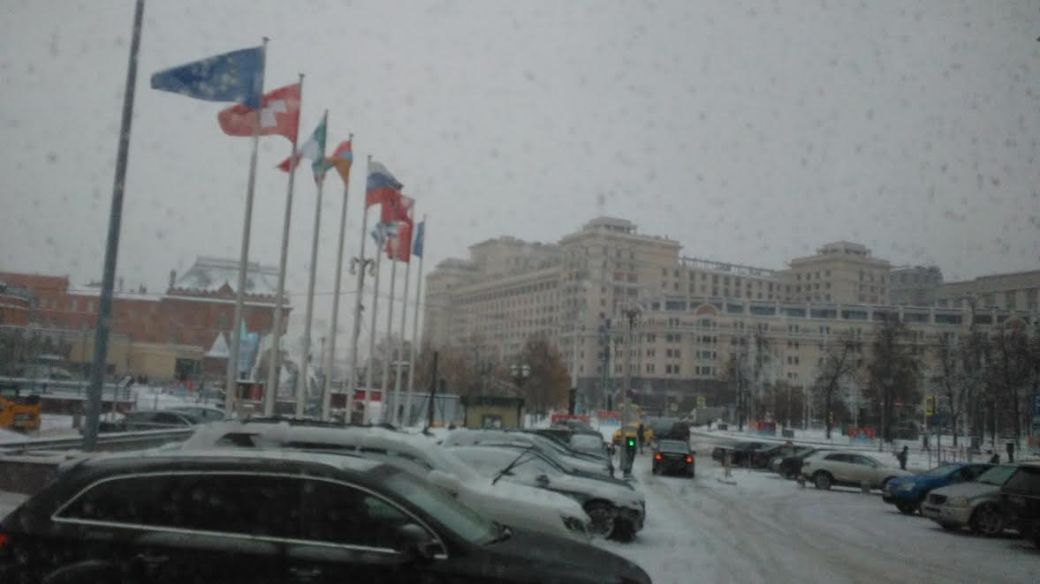
Below I present the text of the intervention made by me in the BRICS urban conference held in Moscow from 6th to 9th December 2016.
Today it gives me immense pleasure be here in Moscow where the maximum temperature is -3 degrees but the warmth in our hearts and our association with the Russian people shall brave the chill. Actually we have very fond memories. The party that I belong to (CPIM) had strong roots with the former Soviet Union. Apparently a large member of revolutionaries, especially Bhagat Singh a known parallel of Che Guevara in Latin America was inspired by the Bolshevik revolution and we are observing the 100 years of the revolution in our country. The relationship does not just limit to pre-independence but also post independence happens to be a landmark direction in the overall development of the country.
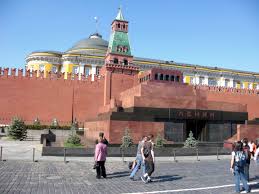
Now coming to the content of adaptive governance, also allow me to speak about the ‘generics of the BRICS and adaptive governance’. There is a whole lot of literature written especially by Patrick Bond et al who do not find any relevance in this and speaks about the sub-imperial nature of this structure. I do not want to go into the detailed polemics but I think we have to understand that there is a different paradigm and scope of intervention and there is this commonality in this diversity of our different nations and people. And that is to democratise the surplus that gets generated in these cities, which is quite distinct from the World Bank perspective. Quite naturally the struggle for such an intervention would differ in every part as a good number of political establishments in these countries are itself neo liberal and hence the scope of intervention too will vary from country to country. Nevertheless this also provides an opportunity to think at least in the alternatives and then build layers over it especially on governance and try to build some alternative paradigm of it. At least a debate over governance away from the conventional past of unilateral framework can be brought to the fore with multiple actors both the state and the non – state.
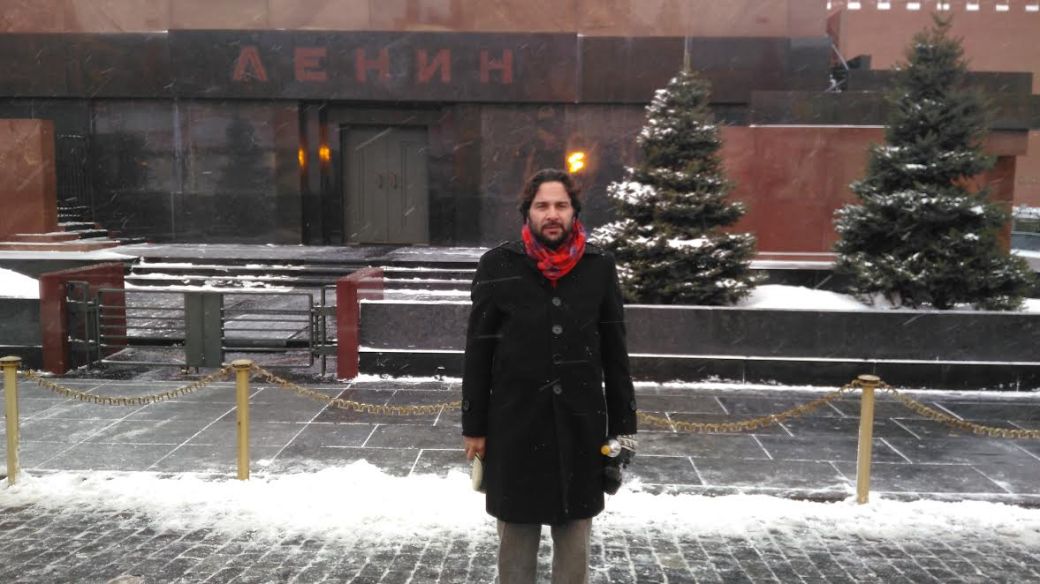
What is happening in the Indian context?
Actually there is immense diversity in India and to generalise the adaptive governance would be difficult. For the simple reason that we have cities which are very strong and qualify to be called a nation in its sheer number whereas we even have small agglomerations to the size of not more than a few thousand people where even the basic services are demanding. Yesterday the depiction made about Delhi has quite starkly shown how governance is fragmented in Indian cities and the challenges being faced are immense. Let me just place on record briefly as to what is happening in the Indian cities or to understand the dynamics of the governance and how these are getting adapted to the new order:-
- There is massive growth that is being witnessed in the Indian cities. The growth is in terms of the capital generated. Actually when we speak about growth in GDP terms is actually accumulation of capital that is happening at a massive scale in the cities unheard of in the history of development. There is enormous data to reveal that.
- Things / utilities that earlier were considered to be of use value and as a contribution to the society has metamorphosised into exchange value and turned into commodities. This is actually leading to the phenomenal growth in the accumulation of capital in the large cities. This is happening at a very rapid pace for example commoditization of utilities is the frontrunner agenda in the urban governance.
- There is a kind of withdrawal of state and the cities find a role change from being mere ‘city managerial outposts’ to ‘city entrepreneurial role’. Whether it is adaptive or robust governance is for all of us to see.
There are several other features but not going into those details as it will require lots of time I will focus on the resultant of these features. This has resulted into a situation where in the cities , 95% of the employment is in the informal sector . So it is in this background that the cities function where the growth in cities has to be commensurate to the demands of the people and there is a lot of mismatch in between the two.
So there is this limit of governance that draws from the overall structure and also there is large scale migration from the rural to urban and also from urban to urban. The migration by large is distress migration. One of the reasons why it is difficult to sustain such an urbanisation! The jobs that emerge are low paid and a whole lot of informality has developed in the urban spectrum.
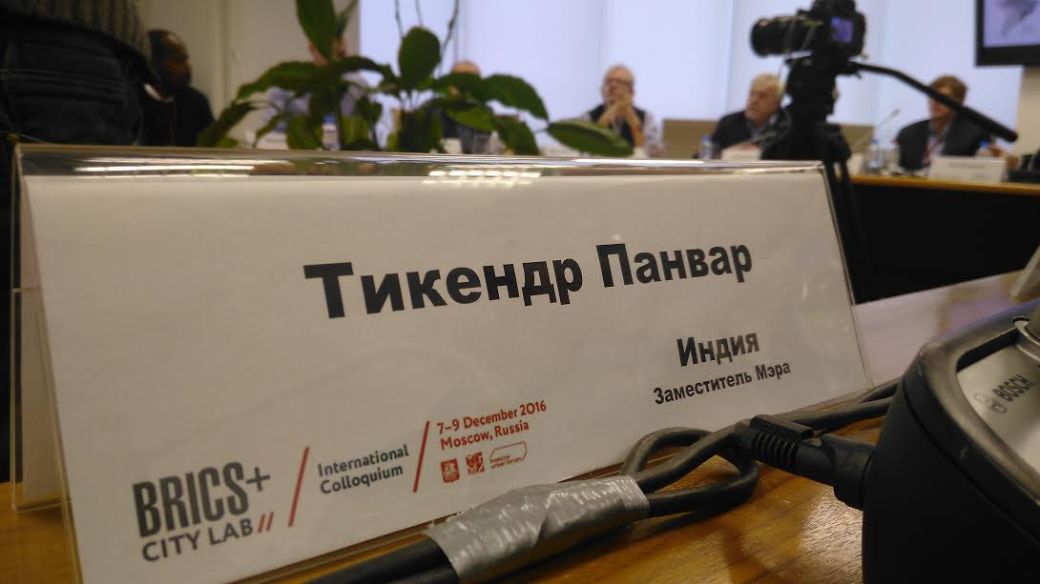
Another challenge is a near contradiction or the weakened city authorities especially the elected government. There is a famous saying in the Indian context and this pertains to the work of the elected Mayor. The quote is, quote “Cut the ribbon and kiss the child”, Unquote. The role of the Mayor is limited to just that ceremonial function. At some places even the term of the Mayor is not fixed and is there just for a year as in Chandigarh and Delhi. Why is it that the role of the elected people in the cities is not executive and mere ceremonial? There may be many reasons but one of these is that the ruling political establishment except the ‘Left’ never wanted to build structures of democratic governance. The entire planning process is either with some other bodies or parastatals for land use etc example in Delhi , there is the Delhi development authority (DDA) which is with the federal government and not even with the state what to talk about the city government.
There is this growing contradiction in the cities where there is a growing demand for the delivery of services but at the same time the inability and incapacity of the city to do so. For the simple reason, that the cities have hardly been empowered and lend the space to democratise the surplus so that the delivery could be improved. On the offensive the whole gamut of smart cities has thrown open a wide area for this accumulation of capital with statutory provisions for user fees etc.
So in this background is there any scope for any positive engagement? I think Yes! There is a growing demand from the citizens to ensure that they are able to shape their cities. It is this opportunity that can be utilised for some positive governance where some of the basics or urban governance can be brought to the fore for the present discourse. First of all is integration. The Left does not speak to the right in the city affairs. Can it be done? Yes ! It has happened in Shimla in the foothills of Himalayas which was erstwhile summer capital of British India.
THE SHIMLA CAULDRON
Shimla happens to be a classic case of inverse governance where with the strength of just 12 % strength in political space the city is governed despite there is 88% opposition. How? Both the Mayor and deputy Mayor happens to be from CPIM and got elected directly by the people whereas the members of the council (25) also elected directly through there wards were from other parties i.e. 2 from CPIM and 23 from BJP and Congress. Despite such an opposition the adaptive governance comes to the fore where with just this limited strength (thanks to the Left politics of democratic participation) the city was run not smoothly but with managing hassles.
One of the important case in study pertains to the complete integration of the Shimla water and sewerage system with the Shimla Municipal Corporation (SMC) a model which hardly exists in other cities in the country. It was because of sheer engagement with the intermittent episodes of Hepatitis that the city once again was stuck in 2015-16 with the epidemic and in which over 1200 people suffered and about 15 died. The principal reason was the construction of Malyana sewerage treatment plant over the Ashwini Khad water supply scheme in 2005. Since 2005 till 2015 , this was the 5th episode where people were hit by the virus. Interestingly the study was done by the national institute of virology (NIV) who were able to decode the genome of the virus which showed a clear link . Since water in Shimla was distributed by the SMC however supplied by the IPH (state government’s Irrigation and Public Health) department, quite natural there was a repeat of blame game in between the two agencies, which was quite normal. However this time with the new leadership of the SMC the situation was taken head on and the onus sharing mechanism was evolved that stated that without the integration of the system the situation will never improve. The government of course political and with another political party was approached and was asked either they should take the entire system of water and sewerage or hand it over to the SMC. Quite naturally a dead and decaying system will never be inherited by the big brother and if the brother is that the age of father than impossible! The system was inherited by the SMC and a complete overhaul of the system is being done. All I can say is that this integration may at least lead to a situation where there will be not repetition of the episodes of epidemic of hepatitis. This is quite a big victory on adaptive governance where A + quality water is being provided in an Indian city (the Indian INDCs for COP 21 states 90 million in the country have no access to safe drinking water) through its taps and with a counter mechanism of tests being shown online for the people.
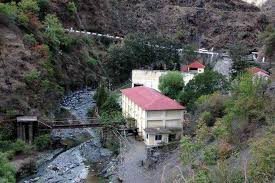
Now water and sewerage is being managed by the SMC with a utility department called the Shimla greater water supply and sewerage system (SGWSSS). How did this happen? Apart from the linear sequencing of the above stated events this also happened because of the pressure that could be mounted by various stake holders of the most important being the SMC. There were professionals from the field of water front like Prof Dhiman the former water commission chairperson, doctors, engineers, environmentalists, lawyers et al who screamed for potable water and the only solution was complete integration Actually that was done. (I will write on it in another paper).
There is another important issue and that pertains to the entire planning process. The city hardly has a role in the planning process. This is done by someone else .This also brings in to revisit the relationship on between the city’s and the state governments. The cities are more of the adjuncts of their state counterparts. In Shimla we on behalf of the city government had to file a few writ petitions challenging the state government for their partisan role and hindering the developmental growth in the city. It is high time when the cities have to be empowered. Both politically and financially.
And when I say empowered it is not just the city government but the people on the whole for it is not city government which is important, of course it is, but it is the city governance comprising of various stakeholders in the net including the intellectuals, constructions workers, street vendors , students, women etc who have to be empowered for shaping the future of their cities. Unfortunately this is not happening. Interestingly, a task force was formed to review the 74th constitutional amendment by the UPA II government of which I too was the member , but unfortunately the report was never made public. Few of the recommendations made happens to be a) a full fiver year term to the Mayor and strengthening the institution of the elected body, b)planning process be handed over to the cities along with functions in the 12th schedule and c) 5% of the income tax collected in the cities be parted and given directly to the cities.
Lastly I would like to speak about the issue of land in the cities which is owned by different agencies. Land still happens to be one of the largest mobiliser or driving force in the cities. But land is owned by multiple players, Individual, state government, central government and also by the municipalities. Land in the neo liberal era happens to be the foremost driver for the accumulation of wealth whereas through an alternative paradigm this can also be utilised for democratization of the surplus by building affordable houses and houses for the poor. There have been plans under the Basic services for urban poor (BSUP) and Rajiv Awas Yojana which focussed for in situ development , however without a few exceptions this land has been grabbed by land sharks and the fruit has not been transferred to the people.
So it is in this background that I am speaking to you for adaptive governance which sounds more of a utopia but with sheer engagement some robust governance can be implemented.
Tikender Singh Panwar
Deputy Mayor
Shimla


Great Sir !!
LikeLike
This is more of a complaint than solutions as an administrator. Door to door collection of garbage have been a successful project.
LikeLike
Excellent! The powers of the Sub-National Governments in India in the light of 74th CAA is in terrible shape…is a fundamental issue
LikeLike
I have worked very closely with Shimla Municipal Corporation in particular and many other state departments in general in various roles and I have been a resident too until recently. Its a huge pity that neither the citizens nor the administrators are willing to “catch the bull (Shimla’s problems) by it’s horns” in wake of sheer dearth of exemplary leadership. Mr Panwar has touched upon some vital issues above but I must say that as much as the ERs may try to shy away from truth, they have miserably fallen short of trust bestowed on them ….. in fact, it is a societal problem of which we all are a part. It is not digital/gadgetry smartness but social cohesion and cultural values that are going to sail us (cities) through the current turmoils. I would be interested in meeting both the Mayor and D. Mayor to take this discussion forward…..on my next visit to Shimla!
LikeLike